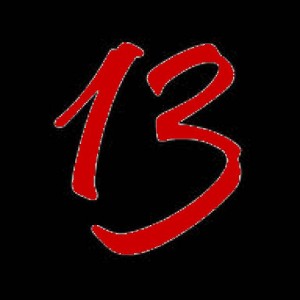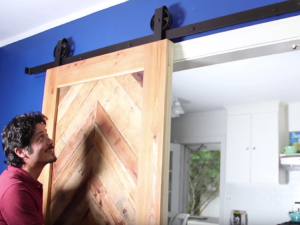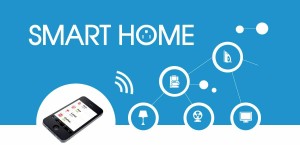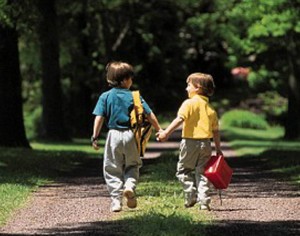Welcome to tomorrow.
Posting on WorldHealth.com, Dr. Robert Goldman, M.D., PhD., offers some exciting and sometimes frightening insight into what lies ahead for mankind.
In 1998, Kodak had 170,000 employees and sold 85% of all photo paper worldwide. Within just a few years, their business model disappeared and they went bankrupt. What happened to Kodak will happen in a lot of industries in the next 10 years – and most people don’t see it coming. Did you think in 1998 that three years later you would never take pictures on paper film again? Digital cameras were invented in 1975. The first ones only had 10,000 pixels, but followed Moore’s law. So as with all exponential technologies, it was a disappointment for a long time, before it became way superior and went mainstream in only a few years.
Now the same thing is happening with Artificial Intelligence, health, autonomous and electric cars, education, 3D printing, agriculture and jobs.
Software will disrupt most traditional industries in the next 5-10 years.
Uber is just a software tool, they don’t own any cars, and are now the biggest taxi company in the world. AirBnB is now the biggest hotel company in the world, although they don’t own any properties.
Artificial Intelligence: Computers are becoming exponentially better in understanding the world. This year, a computer beat the best Go player in the world, 10 years earlier than expected. In the US, young lawyers already don’t have jobs. You can get legal advice (more or less basic stuff) from IBM Watson within seconds, with 90% accuracy compared with 70% accuracy when done by humans. So if you study law, stop immediately. There will be 90% fewer lawyers in the future, only specialists will remain.
Watson already helps nurses diagnose cancer, four times more accurately than human nurses. Facebook now has a pattern recognition software that can recognize faces better than humans. In 2030, computers will become more intelligent than humans.
Automatic cars: In 2018 the first self driving cars will appear for the public. They will be mainstream just two years later. Around 2020, the complete automobile industry will start to be disrupted. You won’t want to own a car anymore. You will call a car with your phone, it will show up at your location and drive you to your destination. You will not need to park it, you only pay for the driven distance and can be productive while driving. Our kids will never get a driver’s licence and will never own a car. It will change the cities, because we will need 90-95% fewer cars for that. We can transform former parking space into parks. Each year 1.2 million people die in car accidents worldwide. We now have one accident every 100,000km (62,000 miles), with autopilot driving that will drop to one accident in 10 million km (6.2 million miles). That will save a million lives each year.
Cities will be less noisy because all cars will run on electricity, which will become incredibly cheap and clean.
Most car companies might become bankrupt. Traditional car companies try the evolutionary approach and just build a better car, while tech companies (Tesla, Apple, Google) will try the revolutionary approach and build a computer on wheels. A lot of engineers from Volkswagen and Audi are terrified of Tesla.
Insurance companies will have massive trouble because without accidents, the insurance will become 100x cheaper. Their car insurance business model will disappear.
Real estate business is bound to change. Because if you can work while you commute, people will move further away from their job sites.
Solar production has been on an exponential curve for 30 years, but you can only now see the impact. Last year, more solar energy stations were installed worldwide than fossil. The price for solar energy will drop so much that all coal companies will be defunct by 2025.
With cheap electricity comes cheap and abundant water. Desalination now only needs 2kWh per cubic meter. We don’t have scarce water in most places, we only have scarce drinking water. Imagine what will be possible if anyone can have as much clean water as he wants, for nearly no cost.
Learn much more about tomorrow at:
http://www.worldhealth.net/news/predictions-technology-health/









